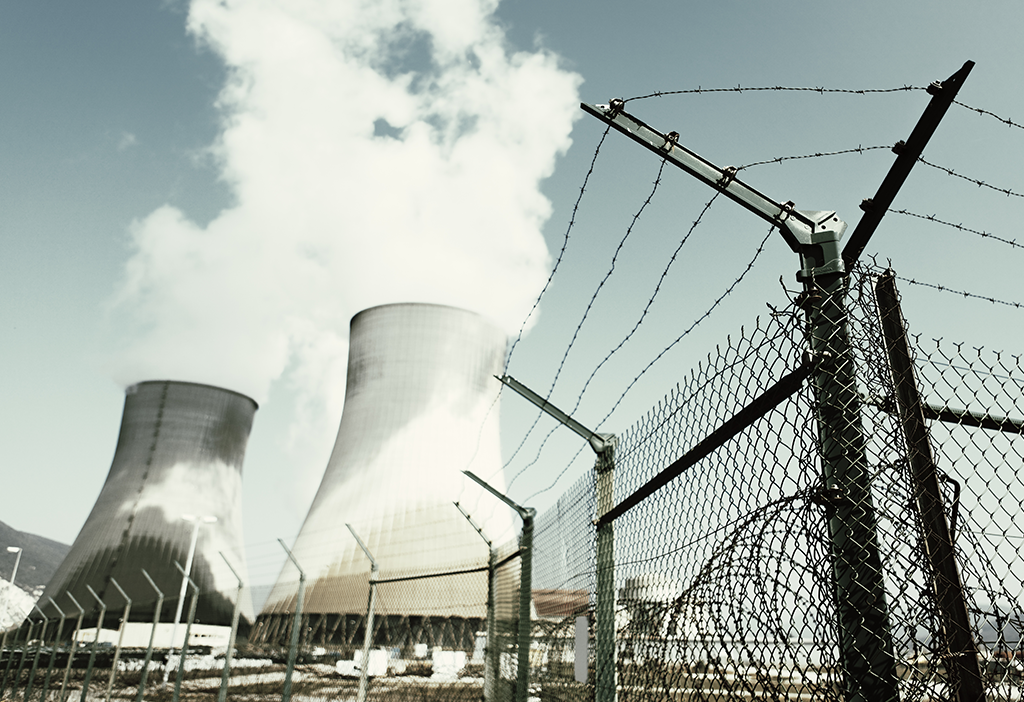Researchers from Case Western Reserve University are working on transforming waste into fuels and other valuable products through energy-efficient processes powered by renewable sources. Specifically, they are close to overcoming the challenge of converting carbon dioxide (CO2), a significant greenhouse gas, into valuable chemicals using electricity.
The goal is to utilize CO2 as a raw material for producing commodity chemicals and fuels. However, the conventional process involves high pressures, elevated temperatures, and special materials. Professor Burcu Gurkan, from the Case School of Engineering, emphasized the critical need for technologies capable of capturing CO2 from waste or air and converting it into products under mild conditions.
The research has historically focused on developing catalyst materials and understanding the energy-intensive CO2 conversion reaction in water-based electrolytes. Challenges persist due to the limited CO2 capacity of water-based systems and unwanted side reactions like hydrogen gas emissions.
In a recent study published in the European journal Angewandte Chemie, the Case Western Reserve research team showcased the effectiveness of the ionic liquids they created in capturing and converting CO2 through an electrochemical process. Ionic liquids, which are salts melting below 100°C, were developed to remain liquid at room temperature. These liquids possess high CO2 capture capacity and electrochemical stability, enabling the desired electrochemical process.
Professor Gurkan emphasized their approach, which centers on ionic liquid electrolytes, altering thermodynamics and product distribution due to kinetic effects that can be further adjusted based on ionic liquid design flexibility. The study, led by doctoral student Oguz Kagan Coskun, utilized spectroscopic and electroanalytical techniques to uncover the fundamental mechanisms required for ionic liquids to activate the CO2 reduction reaction at the copper electrode surface.
The research team reported requiring less energy for the reaction, potentially leading to the creation of various industrially relevant products without the undesired side products seen in traditional electrolysis processes. The report provides crucial insights into the properties of the reaction environment, contributing to a deeper understanding of unconventional electrolytes for more effective CO2 utilization.
Moving forward, the team plans to explore individual reaction steps to inform subsequent electrolyte designs, with the ultimate goal of better controlling the chemicals produced in the reaction and advancing electrochemical approaches to CO2 recycling.
Source : https://onlinelibrary.wiley.com/doi/10.1002/ange.202312163

